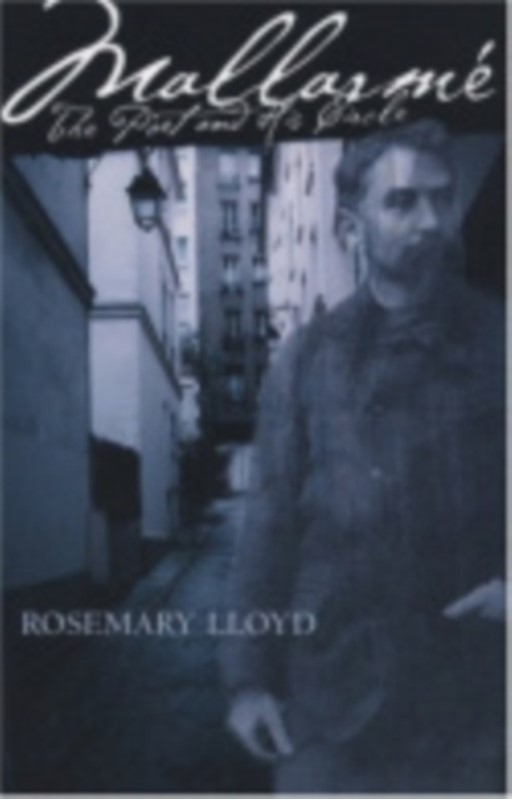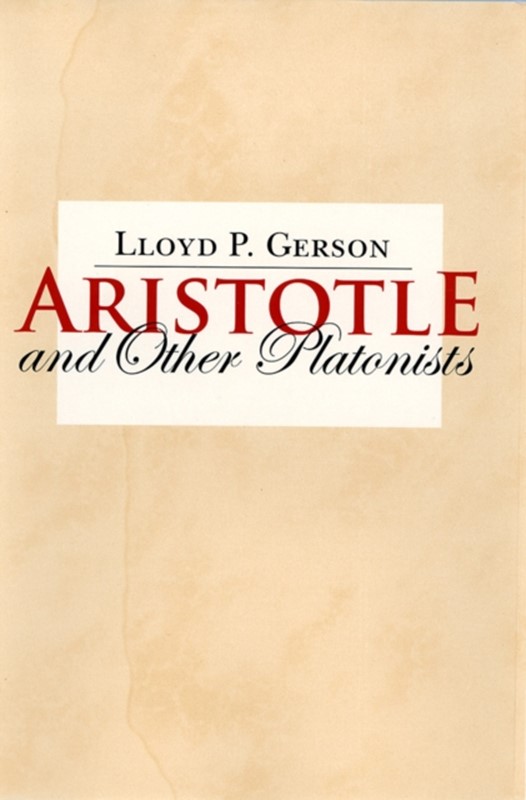The French Republic - - Bog - Cornell University Press - Plusbog.dk
In this invaluable reference work, the world''s foremost authorities on France''s political, social, cultural, and intellectual history explore the history and meaning of the French Republic and the challenges it has faced. Founded in 1792, the French Republic has been defined and redefined by a succession of regimes and institutions, a multiplicity of symbols, and a plurality of meanings, ideas, and values. Although constantly in flux, the Republic has nonetheless produced a set of core ideals and practices fundamental to modern France''s political culture and democratic life. Based on the influential Dictionnaire critique de la république , published in France in 2002, The French Republic provides an encyclopedic survey of French republicanism since the Enlightenment. Divided into three sections—"Time and History," "Principles and Values," and "Dilemmas and Debates"— The French Republic begins by examining each of France''s five Republics and its two authoritarian interludes, the Second Empire and Vichy. It then offers thematic essays on such topics as Liberty, Equality, and Fraternity; laicity; citizenship; the press; immigration; decolonization; anti-Semitism; gender; the family; cultural policy; and the Muslim headscarf debates. Each essay includes a brief guide to further reading. This volume features updated translations of some of the most important essays from the French edition, as well as twenty-two newly commissioned English-language essays, for a total of forty entries. Taken together, they provide a state-of-the art appraisal of French republicanism and its role in shaping contemporary France’s public and private life. Contributors: Anne-Claude Ambroise-Rendu, Université de Paris X; Stéphane Audoin-Rouzeau, École des Hautes Etudes en Sciences Sociales (EHESS); Jean Baubérot, EHESS; Edward Berenson, New York University; John R. Bowen, Washington University in St. Louis; Herrick Chapman, New York University; Alice L. Conklin, The Ohio State University, Vincent Duclert, EHESS; Steven Englund, The American University of Paris; Éric Fassin, École Normale Supérieure, Paris; Stéphane Gerson, New York University; Nancy L. Green, EHESS; Patrice Gueniffey, EHESS; Sudhir Hazareesingh, University of Oxford; Ivan Jablonka, Université du Maine, Le Mans, and Collège de France; Julian Jackson, Queen Mary University of London; Paul Jankowski, Brandeis University; Jeremy Jennings, Queen Mary University of London; Dominique Kalifa, University of Paris 1 Panthéon–Sorbonne; Lloyd Kramer, University of North Carolina at Chapel Hill; Cécile Laborde, University College London and Institute for Advanced Study; Herman Lebovics, Stony Brook University; Mary Dewhurst Lewis, Harvard University; Philip Nord, Princeton University; Karen M. Offen, Stanford University; Christophe Prochasson, EHESS; Emmanuelle Saada, Columbia University and EHESS; Martin Schain, New York University; Joan Wallach Scott, Institute for Advanced Study; Jerrold Seigel, New York University; Todd Shepard, The Johns Hopkins University; Daniel J. Sherman, University of North Carolina at Chapel Hill; Bonnie G. Smith, Rutgers University; Frédéric Viguier, New York University; Rosemary Wakeman, Fordham University; François Weil, EHESS; Johnson Kent Wright, Arizona State University. Translations from the French by Arthur Goldhammer.























